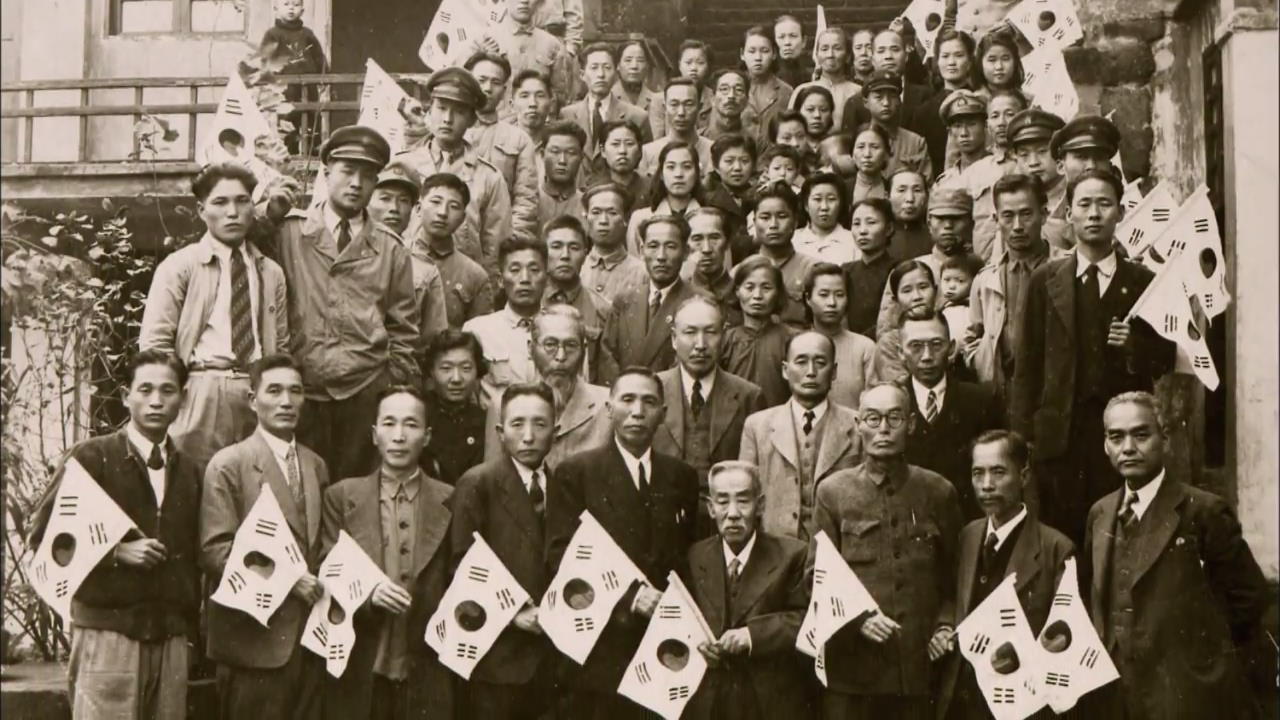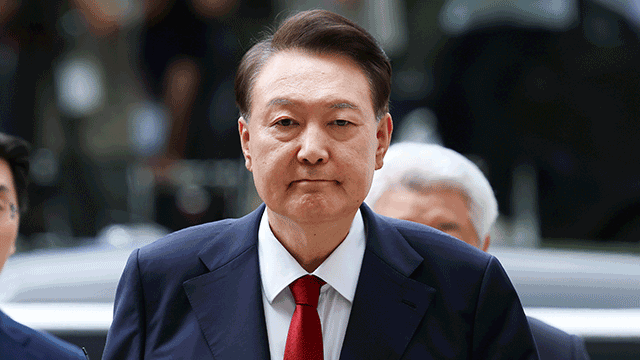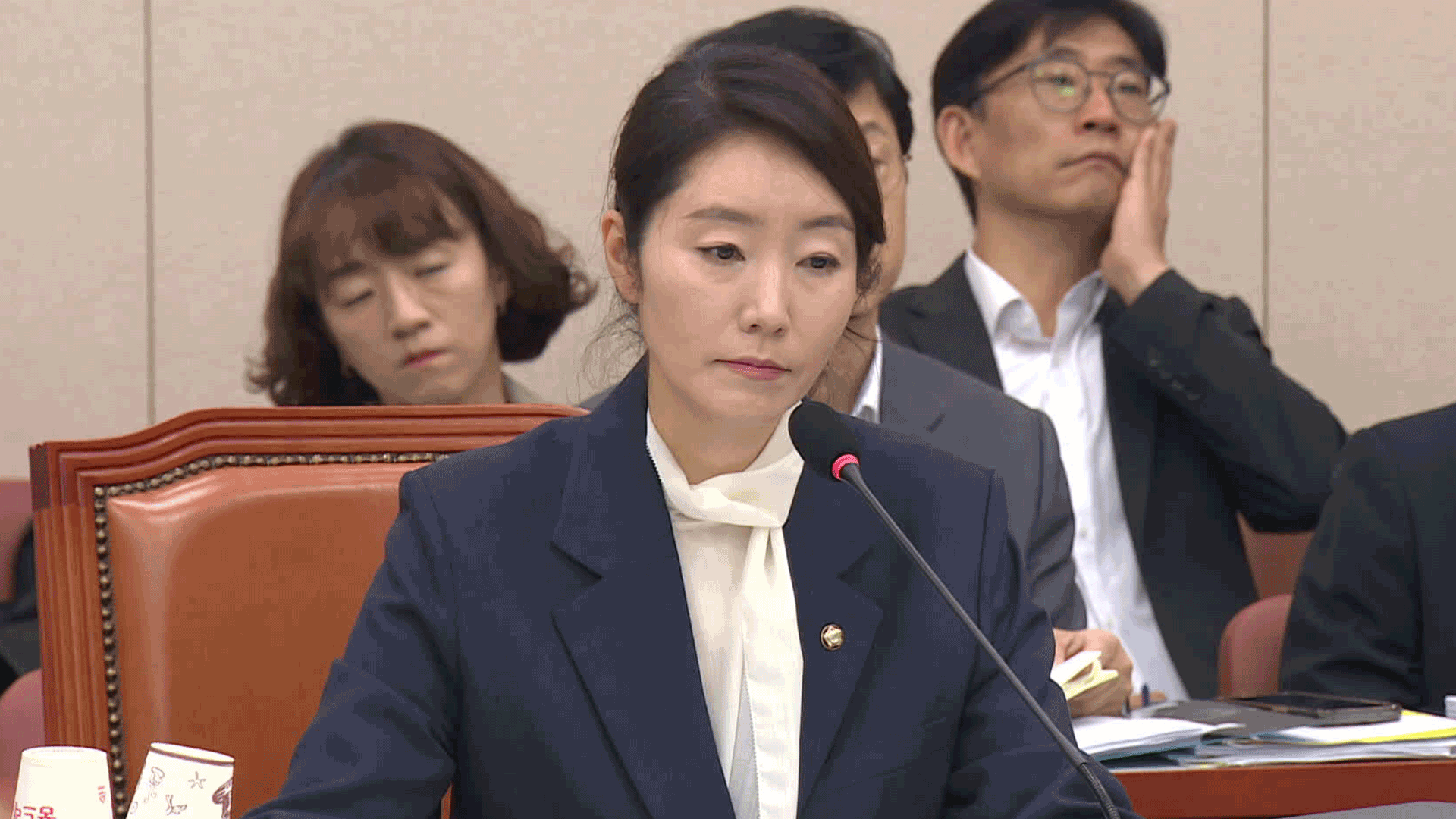Independence Movement
입력 2019.04.11 (15:06)
수정 2019.04.11 (15:27)
읽어주기 기능은 크롬기반의
브라우저에서만 사용하실 수 있습니다.
[Anchor Lead]
This year, April 11 marks the centennial of the establishment of the Korean provisional government in Shanghai during Japanese colonial rule. Shanghai was not the center of Korea's independence movement until the 1910s. Next, we will look at how the Chinese city became the base of Korea independence fighters in the 1920s.
[Pkg]
Fewer than 1,000 Koreans were residing in Shanghai when the March 1st Independence Movement was held across Korea in 1919. In contrast, there lived 150,000 Koreans in Russia's Maritime Province, including Vladivostok. They offered greater resources for Korea's independence campaigns than Shanghai. However, Shanghai eventually became the base of Korea's independence activists. It dates back to a Korean youths' association known as Shinhan Cheongnyondan, which already gained a foothold in Shanghai before the March 1st Independence Movement. With renowned independence activists, such as Yeo Un-hyung and Shin Kyu-sik, at its center, the association dispatched Kim Kyu-sik as its representative to the Paris Peace Conference in 1919 to make an appeal for Korea's independence. The organization also sent a secret envoy to Tokyo to facilitate the February 8th Independence Declaration issued in 1919. For Korean independence fighters who were seeking hideouts overseas, following the March 1st Independence Movement, Shanghai's largest appeal was that Japan had little influence over the Chinese city. In the wake of the Opium War, Shanghai became an international settlement controlled by Western powers and a delicate balance of power was created in the process. A modern financial system, established by financial institutions in the Bund, also allowed Korean independence activists to receive campaign funds from the U.S.,South America and Europe.
[Soundbite] Prof. Kim Myung-seop(Yonsei University) : "The modern financial system in Shanghai offered a very favorable condition for the Korean provisional government."
Equipped with modern transportation, communication and financial systems, Shanghai brought together Korean independence movement leaders and served as a good hideout. As a result, 29 independence fighters launched a Korean government in exile on April 11, 100 years ago with a provisional constitute declaring Korea as a democratic republic.
This year, April 11 marks the centennial of the establishment of the Korean provisional government in Shanghai during Japanese colonial rule. Shanghai was not the center of Korea's independence movement until the 1910s. Next, we will look at how the Chinese city became the base of Korea independence fighters in the 1920s.
[Pkg]
Fewer than 1,000 Koreans were residing in Shanghai when the March 1st Independence Movement was held across Korea in 1919. In contrast, there lived 150,000 Koreans in Russia's Maritime Province, including Vladivostok. They offered greater resources for Korea's independence campaigns than Shanghai. However, Shanghai eventually became the base of Korea's independence activists. It dates back to a Korean youths' association known as Shinhan Cheongnyondan, which already gained a foothold in Shanghai before the March 1st Independence Movement. With renowned independence activists, such as Yeo Un-hyung and Shin Kyu-sik, at its center, the association dispatched Kim Kyu-sik as its representative to the Paris Peace Conference in 1919 to make an appeal for Korea's independence. The organization also sent a secret envoy to Tokyo to facilitate the February 8th Independence Declaration issued in 1919. For Korean independence fighters who were seeking hideouts overseas, following the March 1st Independence Movement, Shanghai's largest appeal was that Japan had little influence over the Chinese city. In the wake of the Opium War, Shanghai became an international settlement controlled by Western powers and a delicate balance of power was created in the process. A modern financial system, established by financial institutions in the Bund, also allowed Korean independence activists to receive campaign funds from the U.S.,South America and Europe.
[Soundbite] Prof. Kim Myung-seop(Yonsei University) : "The modern financial system in Shanghai offered a very favorable condition for the Korean provisional government."
Equipped with modern transportation, communication and financial systems, Shanghai brought together Korean independence movement leaders and served as a good hideout. As a result, 29 independence fighters launched a Korean government in exile on April 11, 100 years ago with a provisional constitute declaring Korea as a democratic republic.
■ 제보하기
▷ 카카오톡 : 'KBS제보' 검색, 채널 추가
▷ 전화 : 02-781-1234, 4444
▷ 이메일 : kbs1234@kbs.co.kr
▷ 유튜브, 네이버, 카카오에서도 KBS뉴스를 구독해주세요!
- Independence Movement
-
- 입력 2019-04-11 15:08:45
- 수정2019-04-11 15:27:01

[Anchor Lead]
This year, April 11 marks the centennial of the establishment of the Korean provisional government in Shanghai during Japanese colonial rule. Shanghai was not the center of Korea's independence movement until the 1910s. Next, we will look at how the Chinese city became the base of Korea independence fighters in the 1920s.
[Pkg]
Fewer than 1,000 Koreans were residing in Shanghai when the March 1st Independence Movement was held across Korea in 1919. In contrast, there lived 150,000 Koreans in Russia's Maritime Province, including Vladivostok. They offered greater resources for Korea's independence campaigns than Shanghai. However, Shanghai eventually became the base of Korea's independence activists. It dates back to a Korean youths' association known as Shinhan Cheongnyondan, which already gained a foothold in Shanghai before the March 1st Independence Movement. With renowned independence activists, such as Yeo Un-hyung and Shin Kyu-sik, at its center, the association dispatched Kim Kyu-sik as its representative to the Paris Peace Conference in 1919 to make an appeal for Korea's independence. The organization also sent a secret envoy to Tokyo to facilitate the February 8th Independence Declaration issued in 1919. For Korean independence fighters who were seeking hideouts overseas, following the March 1st Independence Movement, Shanghai's largest appeal was that Japan had little influence over the Chinese city. In the wake of the Opium War, Shanghai became an international settlement controlled by Western powers and a delicate balance of power was created in the process. A modern financial system, established by financial institutions in the Bund, also allowed Korean independence activists to receive campaign funds from the U.S.,South America and Europe.
[Soundbite] Prof. Kim Myung-seop(Yonsei University) : "The modern financial system in Shanghai offered a very favorable condition for the Korean provisional government."
Equipped with modern transportation, communication and financial systems, Shanghai brought together Korean independence movement leaders and served as a good hideout. As a result, 29 independence fighters launched a Korean government in exile on April 11, 100 years ago with a provisional constitute declaring Korea as a democratic republic.
This year, April 11 marks the centennial of the establishment of the Korean provisional government in Shanghai during Japanese colonial rule. Shanghai was not the center of Korea's independence movement until the 1910s. Next, we will look at how the Chinese city became the base of Korea independence fighters in the 1920s.
[Pkg]
Fewer than 1,000 Koreans were residing in Shanghai when the March 1st Independence Movement was held across Korea in 1919. In contrast, there lived 150,000 Koreans in Russia's Maritime Province, including Vladivostok. They offered greater resources for Korea's independence campaigns than Shanghai. However, Shanghai eventually became the base of Korea's independence activists. It dates back to a Korean youths' association known as Shinhan Cheongnyondan, which already gained a foothold in Shanghai before the March 1st Independence Movement. With renowned independence activists, such as Yeo Un-hyung and Shin Kyu-sik, at its center, the association dispatched Kim Kyu-sik as its representative to the Paris Peace Conference in 1919 to make an appeal for Korea's independence. The organization also sent a secret envoy to Tokyo to facilitate the February 8th Independence Declaration issued in 1919. For Korean independence fighters who were seeking hideouts overseas, following the March 1st Independence Movement, Shanghai's largest appeal was that Japan had little influence over the Chinese city. In the wake of the Opium War, Shanghai became an international settlement controlled by Western powers and a delicate balance of power was created in the process. A modern financial system, established by financial institutions in the Bund, also allowed Korean independence activists to receive campaign funds from the U.S.,South America and Europe.
[Soundbite] Prof. Kim Myung-seop(Yonsei University) : "The modern financial system in Shanghai offered a very favorable condition for the Korean provisional government."
Equipped with modern transportation, communication and financial systems, Shanghai brought together Korean independence movement leaders and served as a good hideout. As a result, 29 independence fighters launched a Korean government in exile on April 11, 100 years ago with a provisional constitute declaring Korea as a democratic republic.
이 기사가 좋으셨다면
-
좋아요
0
-
응원해요
0
-
후속 원해요
0










![[headline]](https://news.kbs.co.kr/data/news/2019/04/11/4178328_10.jpg)


![[단독] “윤석열·김용현 등 공모해 군사상 이익 해쳐”…외환죄 대신 일반이적죄 적용](/data/layer/904/2025/07/20250714_3VTJV3.jpg)



이 기사에 대한 의견을 남겨주세요.